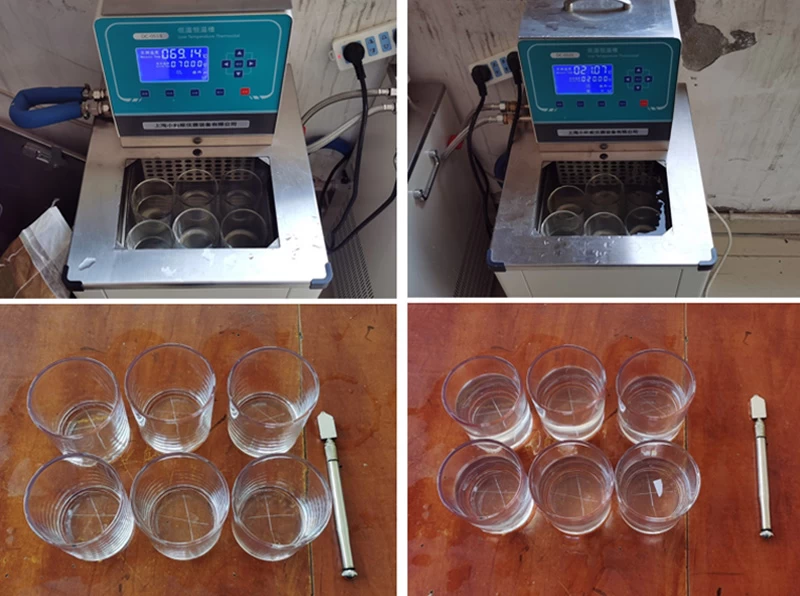How to perform stress testing on glass candle jars

Early in the morning, the sun shines through the glass windows of Sunny Glassware office, casting light on the neat workstations and the design drawings laid out on the desks. September 10th, Teachers' Day, a day full of warmth, makes the "mentor - apprentice relationship" in Sunny Glassware's office even more profound.
As the stirring melody of the National Day military parade echoed across the sky, all employees of Sunny Glassware embarked on a special "collective ceremony," resonating with the strength of the armed forces.
We are the exclusive supplier of Nest Fragrance, Candle Lite, UGG etc popular brands, which 80% aroma vessels are from Sunny Glassware
In the world of perfume, the bottle is not just a container but the brand's "first impression business card." When consumers pick up a perfume, they first feel the temperature of the bottle and behold the ingenuity of its design – and Sunny Glassware is the mastermind behind making this "business card" shine!
Sunny Group has offered glassware since 20+ with all kinds of products being exported to more than 20 countries and regions.
If you have any questions regarding compliance in your export process, feel free to reach out to our team. Let us work together to face the evolving policy landscape and create mutual success!
Within the intricate landscape of international trade, the story of Sunny Glassware and its American client's glass candle holder order is one marked by setbacks and steadfastness.
At Sunny Glassware, every day spent striving with passion is worth remembering. The Q2 birthday celebration was a beautiful gathering centered around "companionship and warmth."
